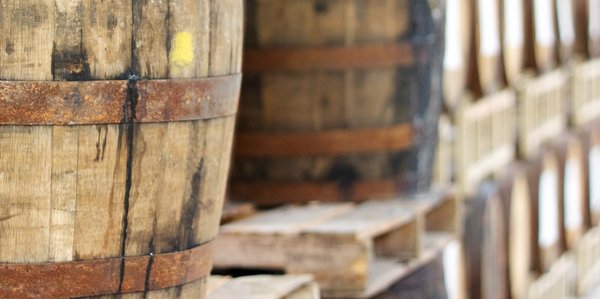
Barrel-aging beer is an addiction (like a Lays potato chip — you can’t stop with just one). Take Green Flash Brewing Co. in San Diego. The company started small, as they all do, aging just one beer (its popular Le Freak) in a lone red wine barrel. Soon there were a few bourbon barrels filled with Double Stout. Before you could say West Coast IPA, Green Flash was trying all sorts of combinations in more than 500 barrels.
In the latest in our Barrel-aging Q&A mini-series, we sat down with Green Flash Brewmaster Chuck Silva to learn more about their barrel-aging philosophy, some best practices and what we can expect to see coming out soon.
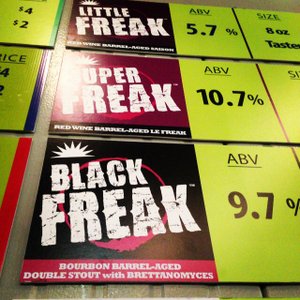 Tell us about the beginning – how did Green Flash’s barrel-aging program start?
Tell us about the beginning – how did Green Flash’s barrel-aging program start?
Our barrel-aging program started as one red wine barrel filled with Le Freak, and then we added a couple bourbon barrels later filled with Double Stout. As we enjoyed the limited amount of beer from this fun little side project we gradually added more red wine and bourbon barrels. The red wine barrels are all inoculated with the house-brett culture that appeared in our first red wine barrel (Mother) so that we can continue to get the same flavor development as we did the first time around. The bourbon barrels have been primarily dedicated to extended aging of our Double Stout.
What is your barrel-aged production like these days?
Over the past several years, we continued the gradual increase of barrel production with limited releases on draft and a couple small bottle releases of Silva Stout, Flanders Drive and Little Freak. The Flanders Drive (sour red ale) released for our 10th anniversary marked the first appearance of a sour ale in our program.
The past year we consciously decided to grow the barrel-aged program in a bigger way increasing the number of barrels to over 500 and adding four Foudres that had been previously used for red wine aging. Approximately half are bourbon barrels for producing Silva Stout and the other half are French Oak, red wine barrels for producing Little Freak and Super Freak.
Our primary focus is on four or five beers [Silva Stout, Flanders Drive, Little Freak, Super Freak and Black Freak], but we continue to age a number of different beers in red wine barrels with our house-brett culture to develop our program further.
Tell us about the beers — why barrel-age those, in particular?
Barrel-aging a beer usually completely transmogrifies the original beer into a new and unique treat. There is flavor pickup from the wood, concentration of flavor due to evaporation, enhancement from the barrel’s previous dweller and flavor changing contributions from any added cultures other than the original brewer’s yeast. In our program, after 15 to 18 months of aging Le Freak becomes Super Freak, Saison Diego becomes Little Freak and Double Stout become Silva Stout.
What response have you seen to your barrel-age beers?
We have received high praise for the beers coming through the barrel-aging program, including some awards in prestigious competitions. Our highly rated Silva Stout, for instance, won a Silver Medal at the Great American Beer Festival in 2012 and Flanders Drive won a Bronze Medal in the 2013 European Beer Star competition.
What beer styles do you think work best barrel-aged?
I used to believe that mainly strong beers were suited for barrel-aging, but that’s no longer the case. Many factors come into play in finding the right combination with type of barrel, beer style, fermentation cultures and any other treatments (spices, fruits, sugars, etc.). I think there are some tried-and-true combinations like bourbon barrels with stout and wine barrels for wild ales, but that shouldn’t be a limiting factor. Think about our Cedar Plank Pale Ale with its cedar incense and peppercorn spiciness for a different take on wood-aging a beer.
While I continue to be excited about the bourbon barrels and red wine barrels, I have some thoughts brewing in the back of my mind about using white wine barrels that get me excited. Beyond that, we have only just begun to utilize our Foudres, and I’m looking forward to producing some sour beers through one of these vessels.
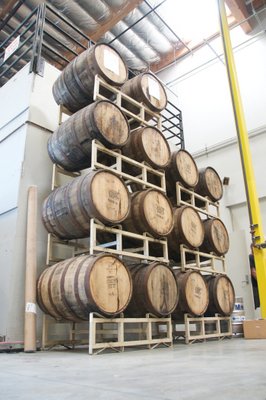 What are your top tips for successfully producing barrel-aged beer?
What are your top tips for successfully producing barrel-aged beer?
Blending should be considered with producing barrel-aged beer, where different barrels are blended together as well as fresh beer blended with aged. The ultimate result should have some finesse.
It’s been my experience that bourbon barrels are best used once for their primary purpose and then re-purposed for a different project or used as tables and planters. The first reason for this is that most of the rich flavors from bourbon barrels are taken up during the first extended aging, and second aging wouldn’t glean half of the flavor contribution as the first. Another reason to avoid a second use is the risk of contamination from wild cultures. In fact, to maximize the life of the bourbon barrel, our program reuses them for the production of Flanders Drive (sour red ale) that has been inoculated with Lactobacillus, Pediococcus and Brettanomyces.
Where did you get your barrels?
We pick up our red wine barrels from various wineries in California, but we are most pleased with the flavor from French oak compared to American oak. The bourbon barrels we like for our stout come from Heaven Hill, but there are lots of choices out there for bourbon barrels.
What separates a quality barrel from the rest? What should buyers of barrels be on the look out for?
The barrels we are purchasing are used and most likely considered “spent” in their perspective primary use. That being said, I look for barrels that are wet, having been freshly drained. I try to avoid barrels with warped heads and shrunken or cracked staves so that they don’t leak when they are filled. A quick sniff of the barrel should tell you whether or not you want to put your beer in it. Wine barrels are usually sulfured and/or ozoned to protect again microbial pickup after they are emptied.
Any other barrel-aging trends we should look out for?
Special blends and unique barrel treatments will be on the forefront of what’s new and exciting. These small batch or single-barrel creations will most likely be found at brewery tasting rooms and barrels houses where the Barrel Master is on site experimenting and blending.

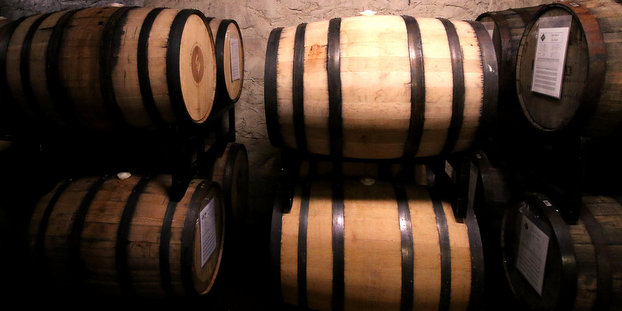
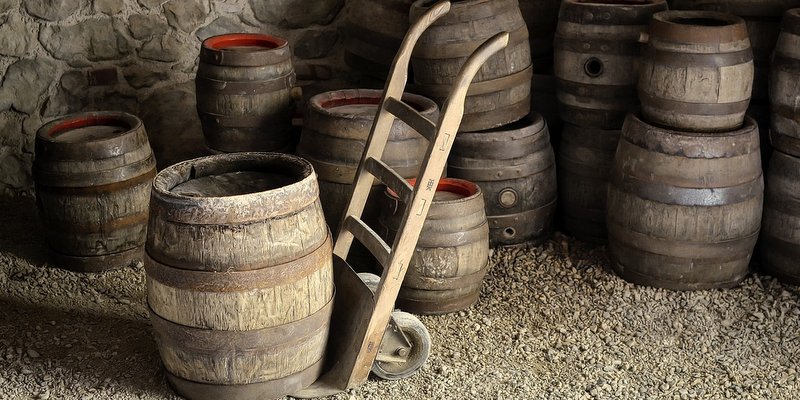
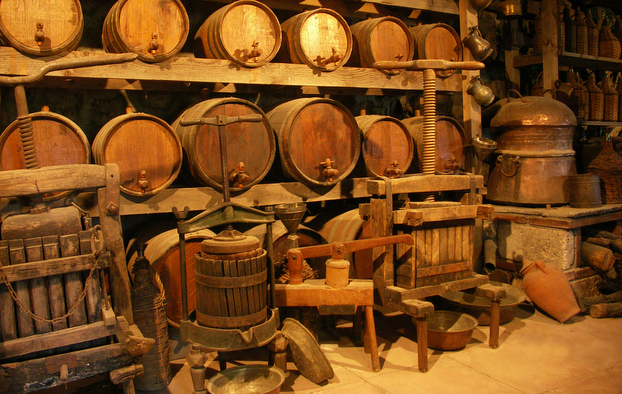
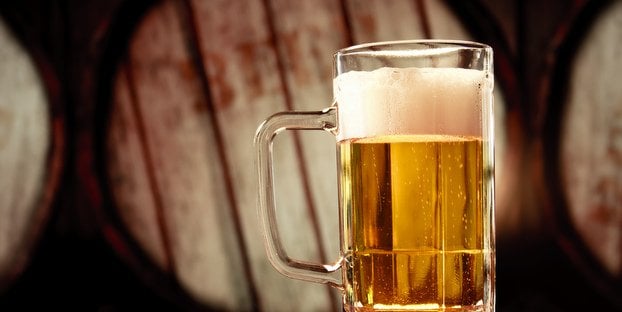
Barrel-aging Q&A: Green Flash Brewmaster Chuck Silva – http://t.co/K6XwJjmp0V
Barrel-aging Q&A: Green Flash Brewmaster Chuck Silva. http://t.co/HkcNZwhCWV
Awesome read RT @Greenflashbeer: Did you know our barrel program started with one red wine barrel of Le Freak? http://t.co/r6kcpBLPoG
Cy Weber liked this on Facebook.
Did you know our barrel program started with one red wine barrel of Le Freak? Read about it from @craftbrewingbiz http://t.co/BAh5hk55LR
Fantastic article to read about barrel aging! Thanks Green Flash Brewing Co.!… http://t.co/Yx0UVrrr3c
RT @CraftBrewingBiz: Barrel-aging Q&A: Green Flash Brewmaster Chuck Silva http://t.co/LmZk6FuxbO Thanks for the insight @greenflashbeer
Barrel-aging Q&A: Green Flash Brewmaster Chuck Silva – Craft Brewing Business http://t.co/FIIW2V4RSr via @craftbrewingbiz